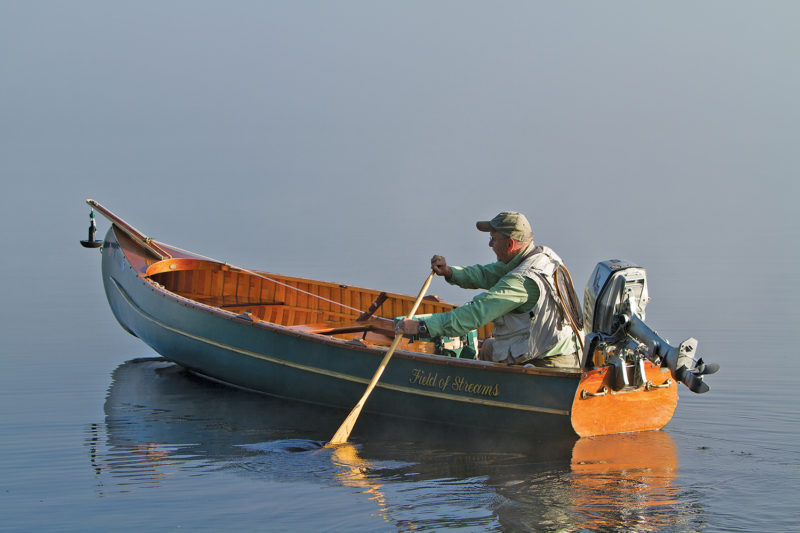 Donnie Mullen
Donnie MullenAbundant cargo-carrying capacity was uppermost in Francis “Mick” Fahey’s mind when he designed a wood-and-canvas freight canoe for his own use in the 1960s. The canoe’s versatility has made its successors, including this Jerry Stelmok–built Moosehead Laker named FIELD OF STREAMS, popular among camp owners and fishing guides in the Maine lakes.
Maine is big. The last time my wife and I returned from an Allagash River trip, it took us more than five hours to drive from Fort Kent to Camden. Fort Kent is within sight of New Brunswick, and Camden is about halfway up the coast. Either a northern paddle trip or the long drive home would acquaint one with two of the state’s best features: its extensive forest and its phenomenal supply of fresh water.
It’s easy to forget that 150 years ago, travel in northern Maine was chiefly accomplished by small watercraft. As a result, interior Maine has a rich history of regional small craft. Recently, we set off in search of one of these old-time boats, to the fabled Kennebago Lake region in western Maine to experience firsthand a scarcely known regional craft, and the guide who is happy to sing its praises.
Bill Stevens first visited Kennebago Lake in 1958, when he was 12, on a fly-fishing trip with his father. Watching the grace of his father’s cast made a lasting impression, and thus began a lifelong love for the Maine outdoors shared between father and son, a connection that evolved to include the co-ownership of a camp on Kennebago since 1984, where Stevens (now retired) and his wife, Jan, spend their summers.
Stevens’s boat, FIELD OF STREAMS, is a 20‘ wood-and-canvas canoe, a model called the Moosehead Laker built by the expert hands of Jerry Stelmok and designed by legendary Maine woodsman and guide Francis “Mick” Fahey. In the 1960s, Fahey designed the boat in the spirit of North Woods freight canoes as a one-off, which he called VOYAGER. Fahey first carved a half model, which he then used to produce offsets to build a construction jig.
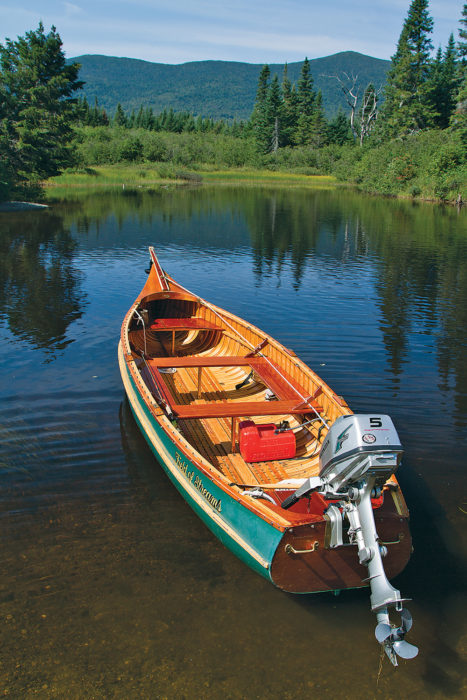 Donnie Mullen
Donnie MullenThe 4’-wide Moosehead Laker has generous tumblehome, affording great bearing surface, especially aft where the shape supports the weight of the outboard motor. A spray rail extends almost full length .
Specifically, VOYAGER was built to haul building supplies to his retirement home at Chesuncook Village, which at the time was accessible only by crossing Chesuncook Lake’s notoriously choppy 20-mile length. VOYAGER’s hull, which has a 4‘ beam and is 20“ deep amidships, can carry 1,500 lbs of cargo and still hold a few passengers. Though VOYAGER was intended to handle a small outboard, Fahey built substantial rocker into the aft 3‘ of the keel, which left the narrow, 26” transom high enough to allow for efficient paddling and poling.
In 1982, a fire destroyed Fahey’s home along with his cherished VOYAGER. The form, however, was spared. Fahey was nearly 80 at the time and saw no reason to rebuild, so he handed his form on to a young Stelmok, his colleague Rollin Thurlow, and their nascent canoe-building business (see WB No. 67). (Although they are no longer business partners, Stelmok and Thurlow continue to share Fahey’s original form.) The young builders added stations to the inside of the form to strengthen it, increased the ribbands to assure a fair hull in repeated constructions, and installed steel bands to turn the points of clench nails.
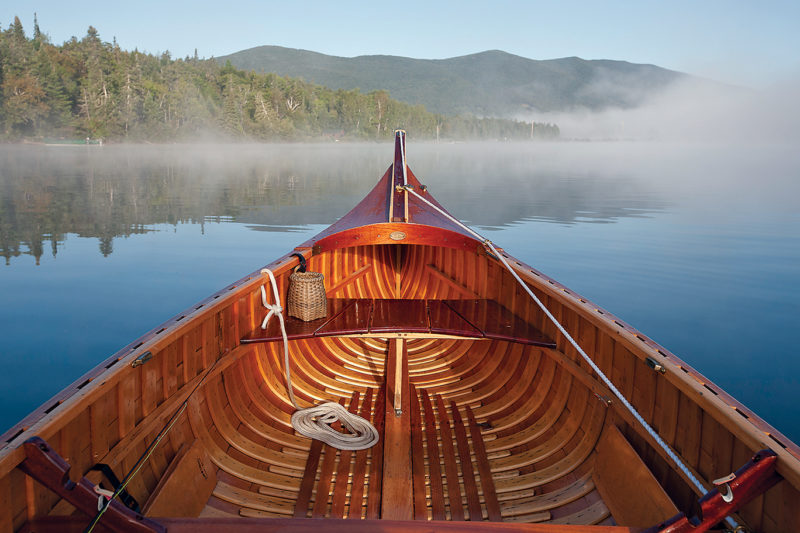 Donnie Mullen
Donnie MullenFly casting is something of a “zen” experience, which can only be aided by being surrounded by the
beauty of a wood-and-canvas canoe’s interior. On the practical side, the fisherman has a stable platform
and ample working room forward.
Although the Moosehead Laker is an elegant and supremely capable freight canoe, most of the customers who came to Stelmok and Thurlow with an interest in the model—Stevens among them—were most attracted by the design’s promise for fishing or guiding, taking note of its comfort, space, and stability. Another draw for these clients was the boat’s square-sterned design, which allows the boat to carry an outboard motor. Also, its draft when empty was only about 4“, which meant that it could cover miles easily yet sneak into the shallowest of inlets. The canoe is known for its stability, and substantial tumblehome makes the hull strong. Such tumblehome, however, can allow water to sneak in at the gunwales, so Fahey placed spray rails 6“ to 8” below the sheer.
While Fahey limited his interior fitout to single seats at the stern and bow, Stelmok and Thurlow today can include an assortment of enhancements: mahogany bench seats, a deck with coamings, folding seats, a floor rack, storage drawers, and rowing stations, to name a few. When paddled, the Moosehead Laker benefits from having three or four people take to the paddles.
Fahey’s VOYAGER had significant sweep to the sheer at the bow, a purely romantic quality that helped distinguish his design from its more utilitarian brethren. Stelmok and Thurlow chose to decrease this sweep by a few inches.
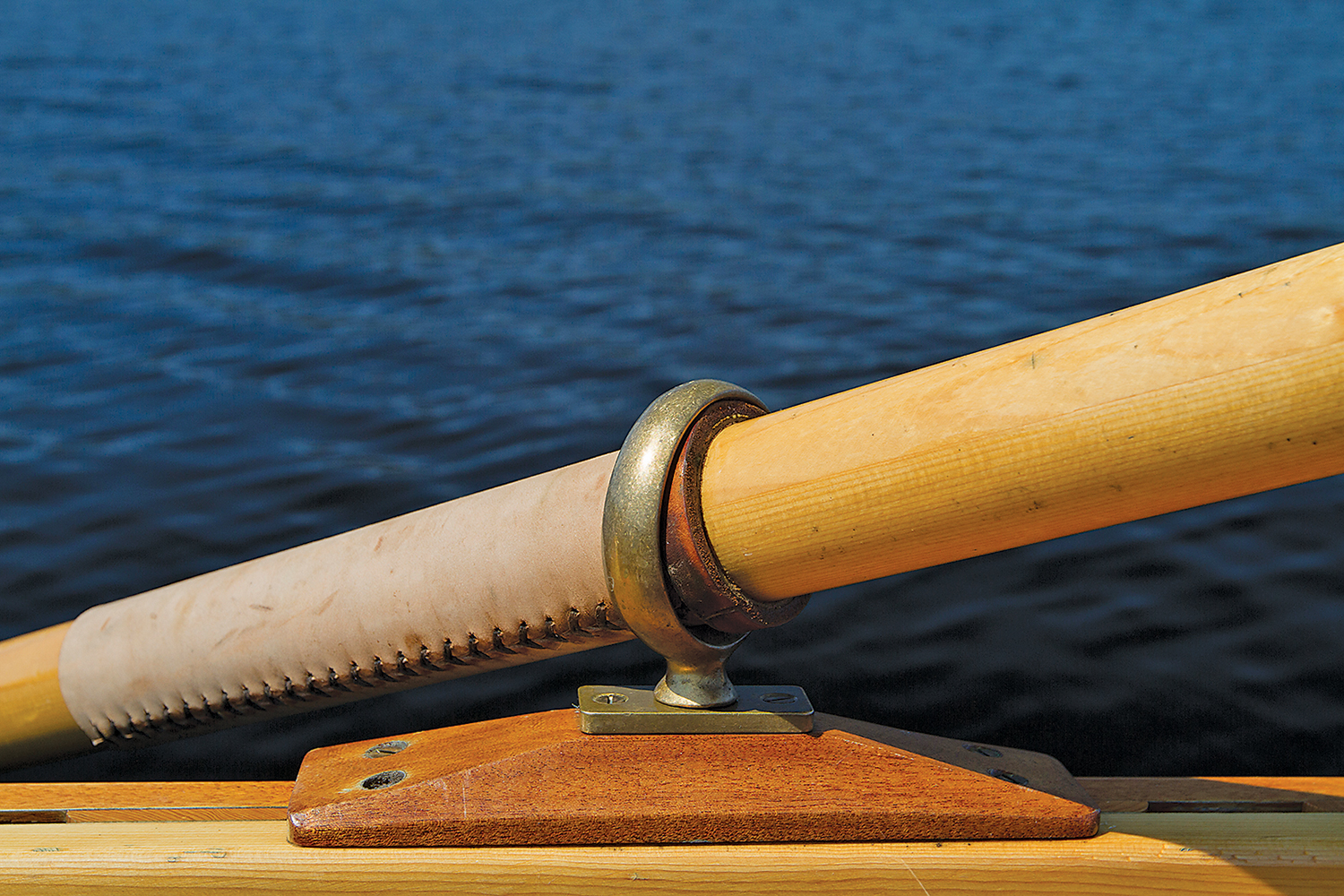 Donnie Mullen
Donnie MullenWith a beam of 4’, the canoe has enough width to be rowed by two people, but it can also be paddled.
In 2010, after several years of ownership, Stevens made a rare trip outside the Kennebago watershed with FIELD OF STREAMS, launching it instead in Chesuncook Lake. With a mischievous grin, he pulled out his phone to capture an image of a sizable wave crashing over a darkly clad bow paddler. “That’s my wife,” he smirked. “She’s a good sport.” Clients have used Stelmok’s Moosehead Laker (and Thurlow’s version, called the Voyager model) in diverse waters ranging from Lake Erie to the Maine coast. Stelmok even outfitted one for sailing.
Early one August morning, while I waited at the dock below Grant’s Kennebago Camps, Stevens emerged silently from the edges of the mist-cloaked lake paddling FIELD OF STREAMS. No sooner had he welcomed me aboard than the fog swallowed us. As we bonded over a shared fondness for Stelmok’s work, I felt as though I had stepped back in time, to a simpler world of jovial guides, glistening wood canoes, and giant trout rising toward a well-placed fly.
Later, when the mist cleared, we headed toward Stevens’s beloved Upper River. The rounded, conifer-clad top of West Kennebago Mountain welcomed us to The Logan, a reedy wetland that separates the Upper Kennebago River from its lower half. Open water led to a narrow, graveled channel. I was happily overwhelmed, both by the beauty of the area and what I hoped to accomplish in the boat: paddle, row, motor, fly-fish.
In short, the Moosehead Laker is a versatile boat.
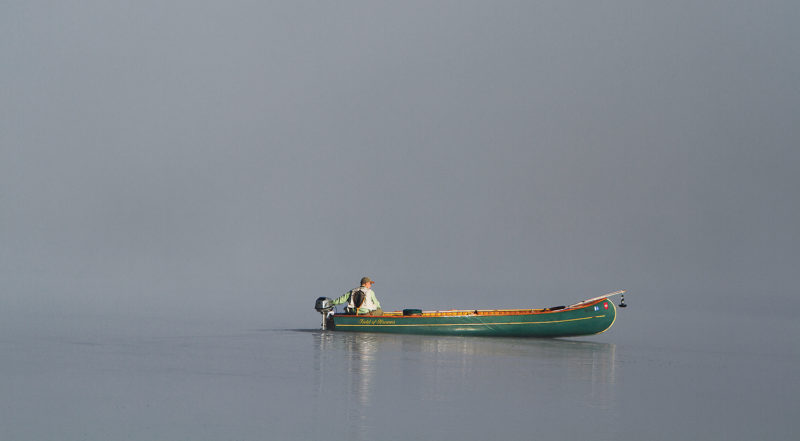 Donnie Mullen
Donnie MullenThe Moosehead Laker can take gear and passengers for extended fishing journeys, her quiet four-stroke outboard hardly breaking the tranquility of the day. The anchor forward can be set from the cockpit to hold her quietly steady while casting.
As we ascended the stream, Stevens stuck his paddle overboard to illustrate the limited depth required to float FIELD OF STREAMS, a mere half a paddle blade. I was reminded of Fahey, who once observed, “I fear the short canoe is made for an unknowing and gullible public,” after his 20-footer passed unscathed over a shallows that wreaked havoc on a fleet of 16‘ canoes.
When Stevens and I reached a high-banked pool, he turned us around and handed me the paddle. I was giddy, and a tad anxious, to take command of the girth and length of the mesmerizing hull. While I eased us downstream, Stevens stood in the bow and cast. When a family of kayakers passed us, Stevens announced, “This is a real treat. I’ve never fished from up here.”
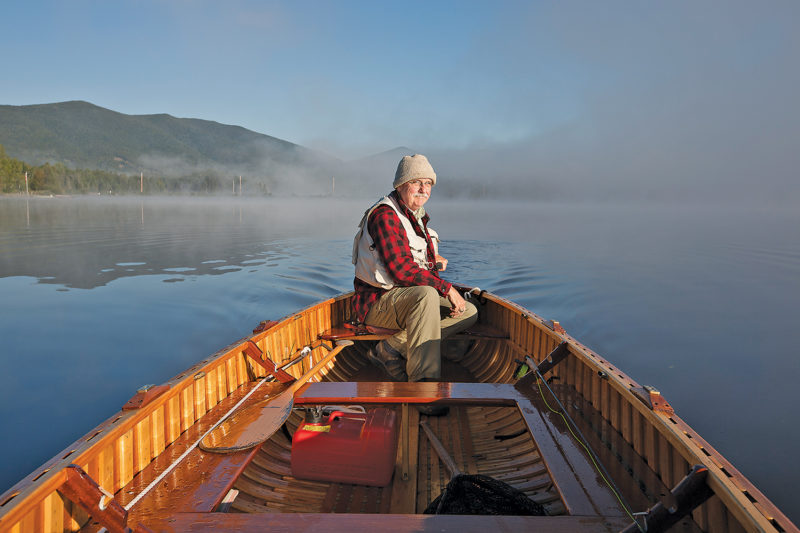 Donnie Mullen
Donnie MullenFor Maine Guide Bill Stevens, a wood-and-canvas canoe is part of the experience of Kennebago Lake, where he first visited with family in 1958. He has summered at his camp on the lake since 1984, and he has been a registered Maine Guide since 2001.
For my part, I found the Moosehead Laker easier to singlehand than I had expected, though I did have blisters by day’s end. During a moment of drift, I exclaimed, “This is a big boat, but it still acts like a canoe.” Stevens concurred. He said that he prefers the paddle to the motor or oars. He uses the motor to cross the lake or head upstream and then pulls out the paddle for the fine maneuvering. When it comes to stability and tracking, the Moosehead Laker takes care of itself, according to Stevens. He generally doesn’t even have to counterbalance while a client fishes. As I navigated a tight bend in the river, Stevens said, “See now, it even turns on a dime.” When I swung wide and ducked under some brush, he added, “Well, maybe a quarter.” I did find the bow a bit unwieldy when a straightaway coincided with some wind. In these circumstances, Stevens doesn’t hesitate to drop the paddle and go for the motor. Easy for us paddle geeks to forget, but the Moosehead Laker is a motorboat first.
When we returned to the lake, I got a crack at the motor. Stevens uses a 5-hp outboard, favoring its lightness, although Fahey used a 7.5-hp. As we sped off, Stevens leaned back comfortably against the deck. Not surprisingly, the Moosehead Laker tracked like a bullet and carved gracefully while the interior remained dry. When we reached the middle of the lake, I cut the motor and rowed us back to shore. I found the Moosehead Laker a delight to row, though not as nimble as the local 17‘ Rangeley boat type. Before we parted, Stevens insisted I try a few casts. The hull felt so solid beneath me, I might as well have been standing on land.
Earlier in the day, as we hung below West Kennebago, surrounded by the moose-friendly Logan, I had said to Stevens, “I understand why you don’t tire of this place.” Later, it occurred to me that Stelmok had once said as much about building his boats: the process had held his interest all these years because he never tired of gazing at the interior of a freshly varnished wood-and-canvas canoe.
As I stepped back onto the dock at Grant’s, FIELD OF STREAMS’s mahogany and cedar were ablaze in the midday sun. While Stevens motored toward his century-old camp, my mind wandered back over the foggy morning, to the era when wood and canvas reigned.
Jerry Stelmok, Island Falls Canoe, www.islandfallscanoe.com.
Rollin Thurlow, Northwoods Canoe Company, www.wooden-canoes.com.
Bill Stevens, Kennebago Fly Fishing, [email protected]
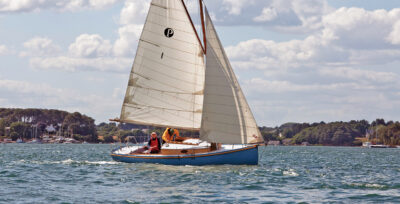
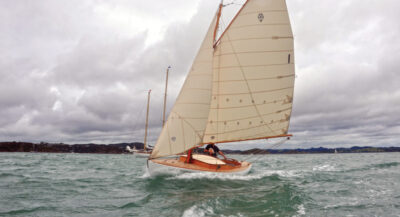
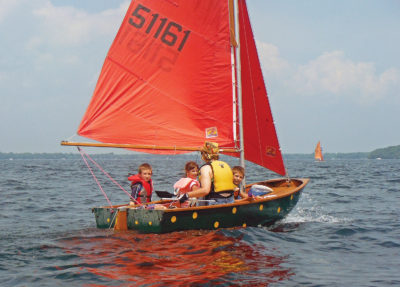
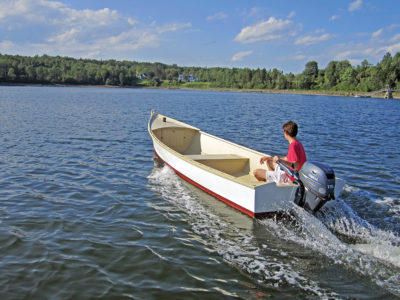
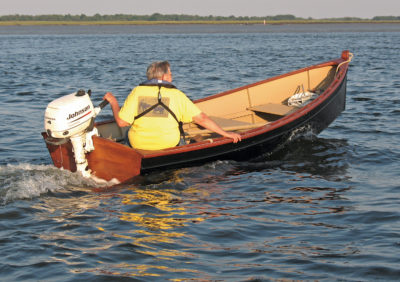
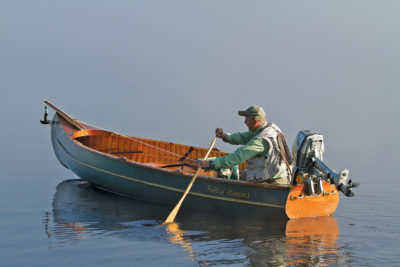
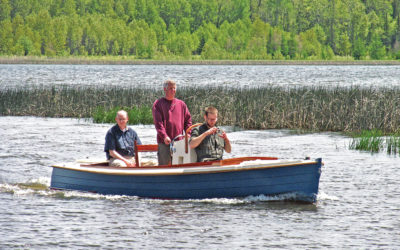
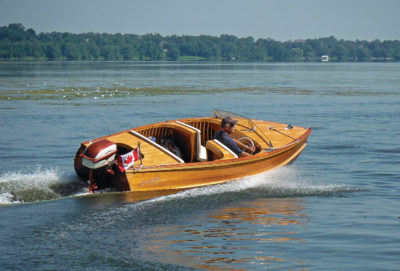
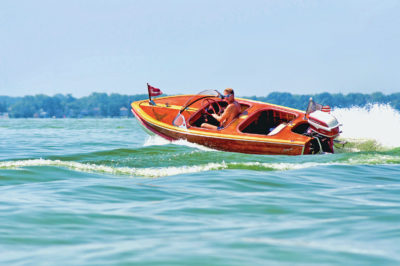
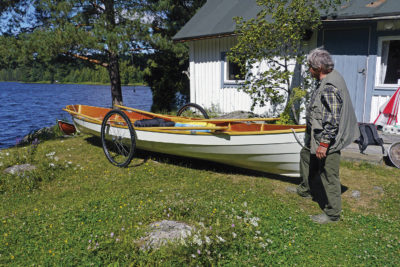
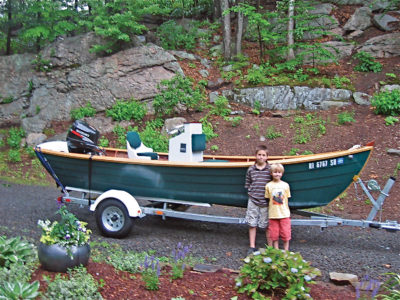
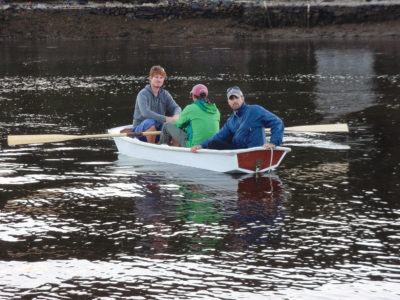
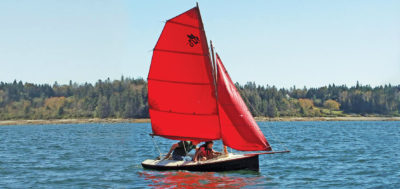
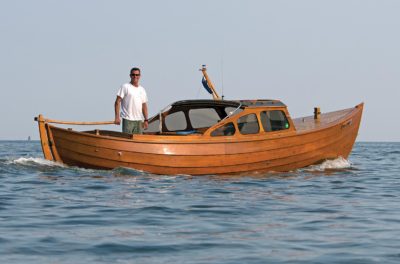
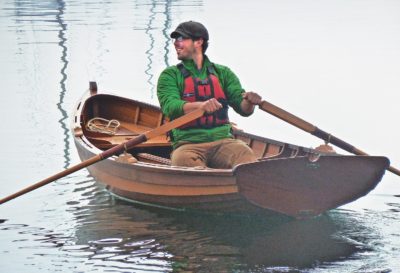
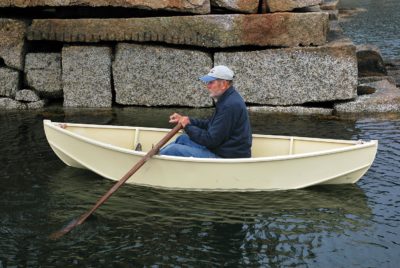
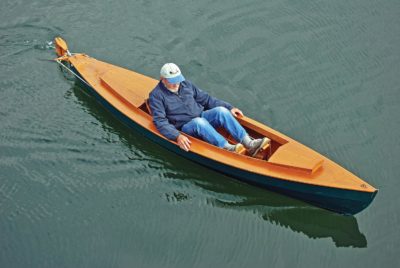
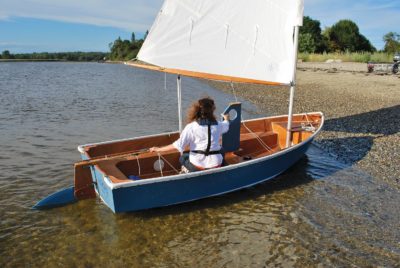
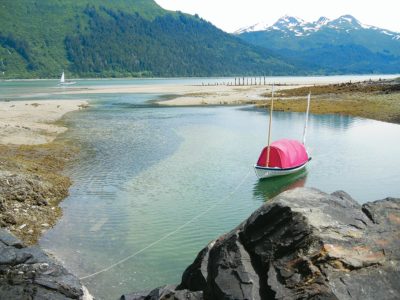
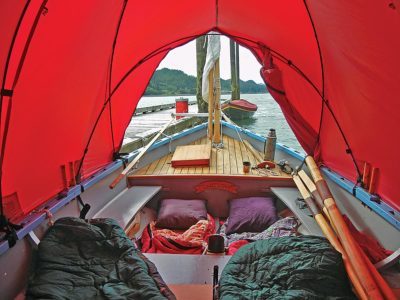
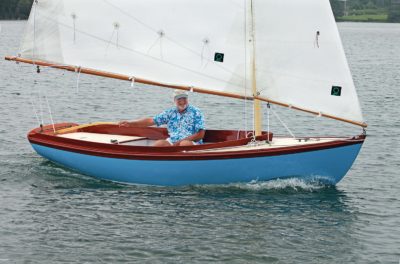
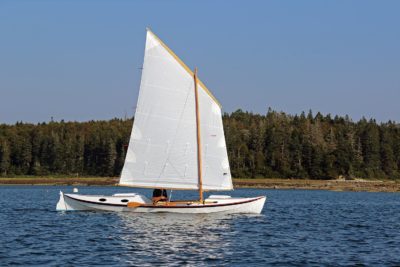
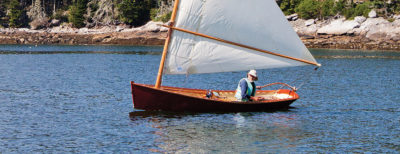
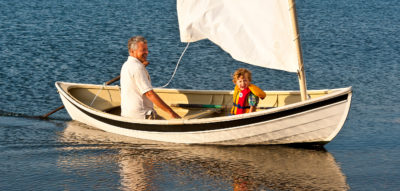
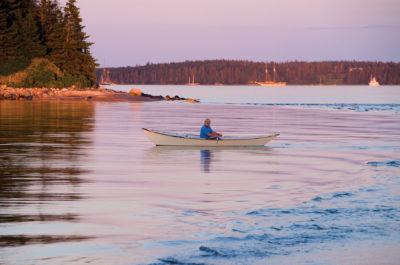
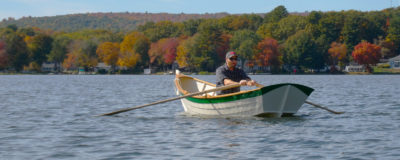
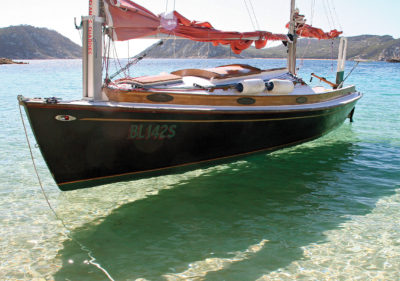
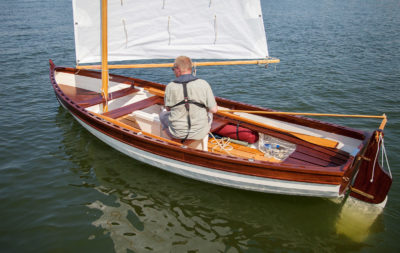
Having spent many years as a Alaskan guide, woodsman, wilderness liver, etc. This is a great and beautiful canoe for sure. but, I am betting it is heavy and would be a burden on a portage.